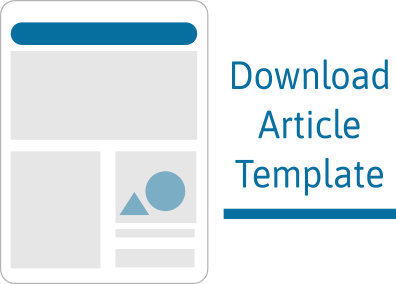Komputasi Simbolik dengan REDUCE untuk Menentukan Validasi Silogisme dan Aplikasinya dalam Fisika
Arief Hermanto(1*)
(1) Departemen Fisika, FMIPA – UGM
(*) Corresponding Author
Abstract
Silogisme adalah sebuah bentuk argumentasi dalam logika. Penelitian ini bertujuan untuk menghasilkan program komputer dalam komputasi simbolik untuk menentukan validasi silogisme dan kemudian diaplikasikan dalam Fisika. Bahasa yang dipilih adalah REDUCE berdasarkan berbagai pertimbangan, salah satu di antaranya adalah karena REDUCE adalah bahasa yang open source. Pertimbangan lain adalah bahwa REDUCE sejak awalnya memang diciptakan untuk digunakan dalam fisika sehingga gaya bahasanya dirasakan lebih cocok untuk para fisikawan.
Keywords
Full Text:
PDFReferences
Dykeman TB. The Physics of Rhetoric. College Composition and Communication. 1974;25(5):382–387.
Gibbins P. A user-friendly quantum logic. Logique et Analyse. 1985;28(112):353–362.
Hellman G. Quantum logic and meaning. In: PSA: Proceedings of the Biennial Meeting of the Philosophy of Science Association. vol. 1980. Philosophy of Science Association; 1980. p. 493–511.
Hughes RIG. Quantum logic. Scientific American. 1981;245(4):202–213.
Stachel J. The’logic’of’quantum logic’. In: PSA: Proceedings of the Biennial Meeting of the Philosophy of Science Association. vol. 1974. D. Reidel Publishing; 1974. p. 515–526.
Rogers EM. Physics for the inquiring mind: the methods, nature, and philosophy of physical science. Princeton University Press; 1960.
Copi I. Symbolic Logic. New York: Macmillan Publishing Co., Inc; 1979.
Ganeri J. The Hindu syllogism: nineteenth-century perceptions of Indian logical thought. Philosophy East and West. 1996;p. 1–16.
Shorey P. The origin of the syllogism. Classical Philology. 1924;19(1):1–19.
Solmsen F. The discovery of the syllogism. The Philosophical Review. 1941;50(4):410–421.
Article Metrics
Refbacks
- There are currently no refbacks.
Copyright (c) 2020 Arief Hermanto

This work is licensed under a Creative Commons Attribution-ShareAlike 4.0 International License.


















